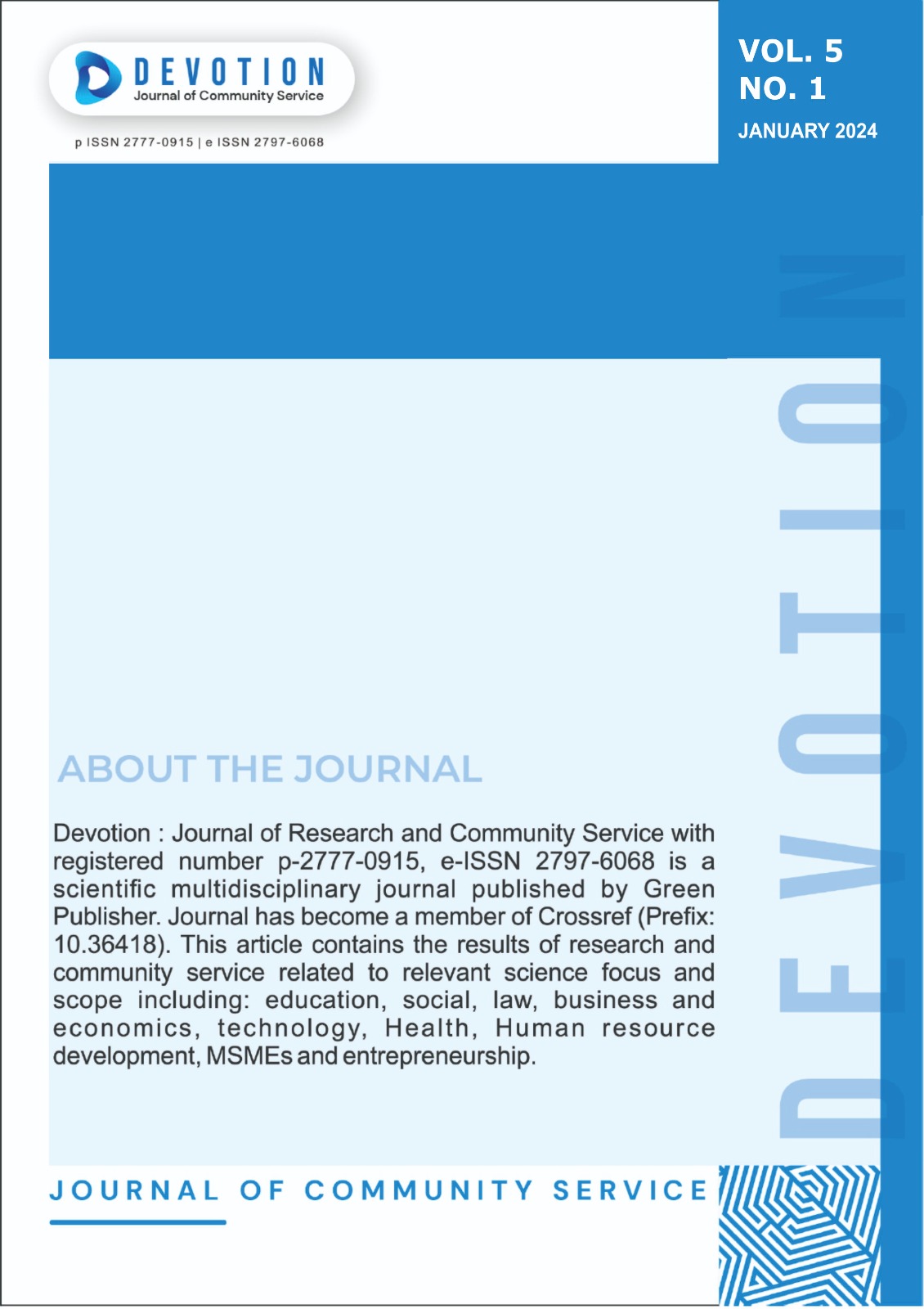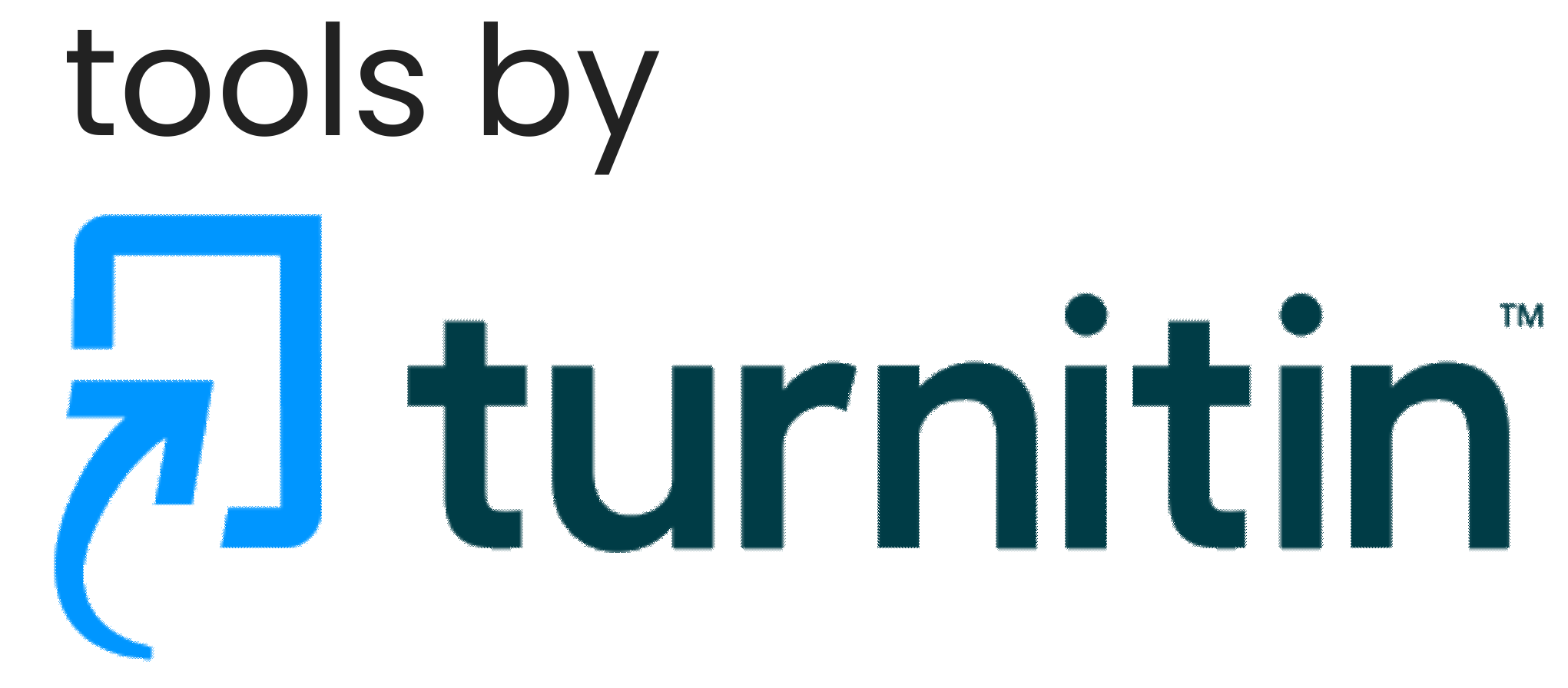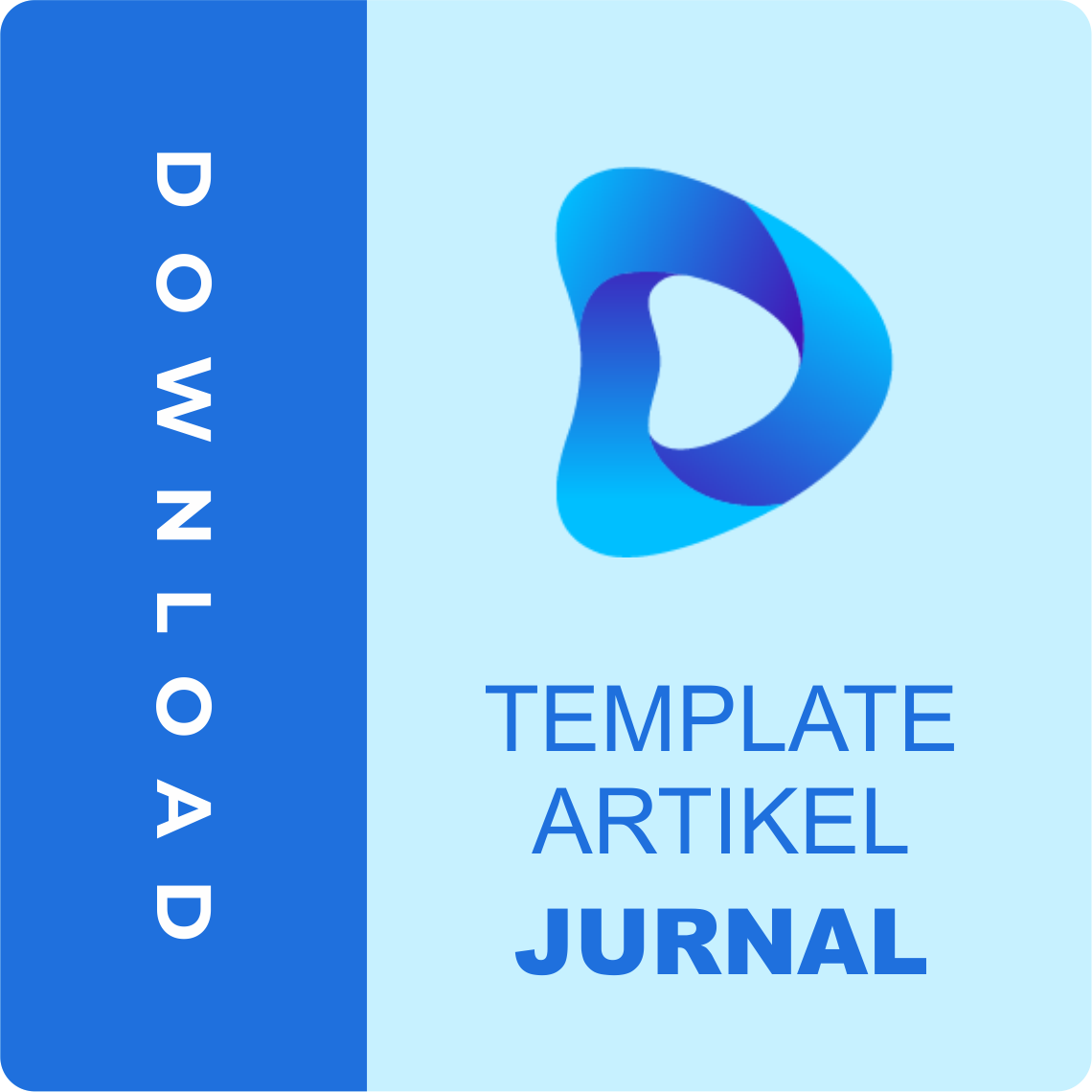Determinants of Indonesia Government Bonds Yield Period 2019-2022
DOI:
https://doi.org/10.59188/devotion.v5i1.660Keywords:
Macroeconomics, Indonesian Government Bond Yields, GARCH-MAbstract
This research seeks to examine how the yields of Indonesian government bonds are influenced by various factors, including the BI interest rate, inflation, foreign exchange reserves, IHSG, and exchange rates. The investigation utilizes monthly time series data spanning from 2019 to 2022, focusing on the benchmark series of 10-year SUN. Data analysis is carried out using Eviews 13, and the GARCH-M (1,1) analytical method is employed. The research findings reveal that the BI interest rate has a notably positive and significant effect on bond yields. In contrast, inflation does not exhibit a significant impact on bond yields. Foreign exchange reserves are found to have a considerable negative impact on bond yields. IHSG, on the other hand, does not demonstrate a significant influence on bond yields. Lastly, exchange rates are identified as having a meaningful positive impact on bond yields.
Published
Issue
Section
License
Copyright (c) 2024 Destyanah Husein, Endri

This work is licensed under a Creative Commons Attribution-ShareAlike 4.0 International License.
Authors who publish with this journal agree to the following terms:
- Authors retain copyright and grant the journal right of first publication with the work simultaneously licensed under a Creative Commons Attribution-ShareAlike 4.0 International. that allows others to share the work with an acknowledgement of the work's authorship and initial publication in this journal.
- Authors are able to enter into separate, additional contractual arrangements for the non-exclusive distribution of the journal's published version of the work (e.g., post it to an institutional repository or publish it in a book), with an acknowledgement of its initial publication in this journal.
- Authors are permitted and encouraged to post their work online (e.g., in institutional repositories or on their website) prior to and during the submission process, as it can lead to productive exchanges, as well as earlier and greater citation of published work.













